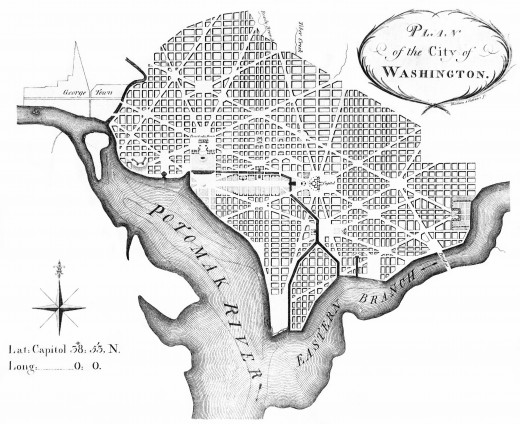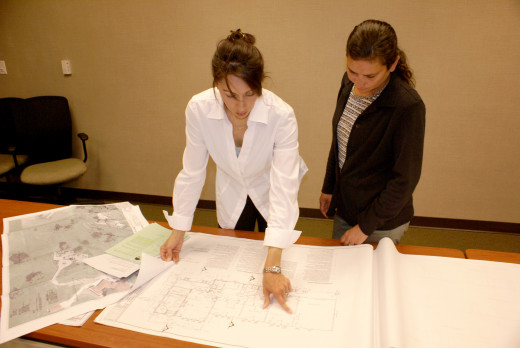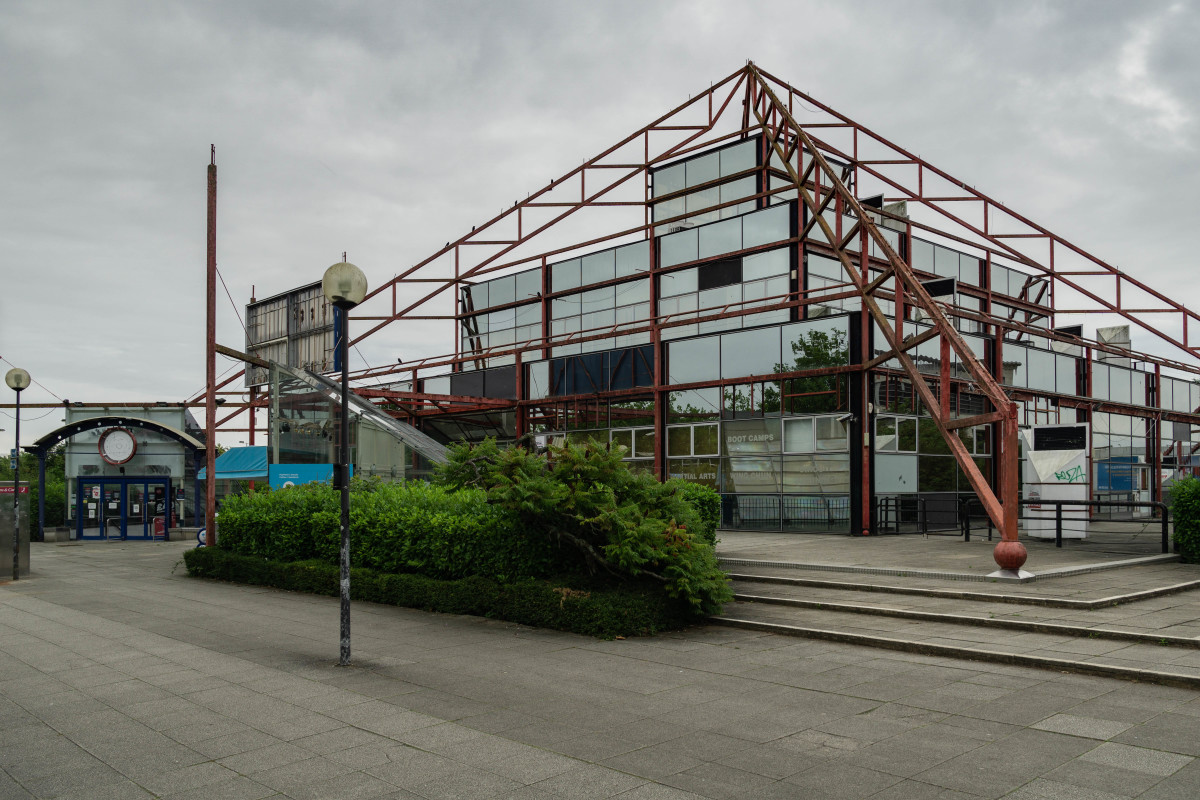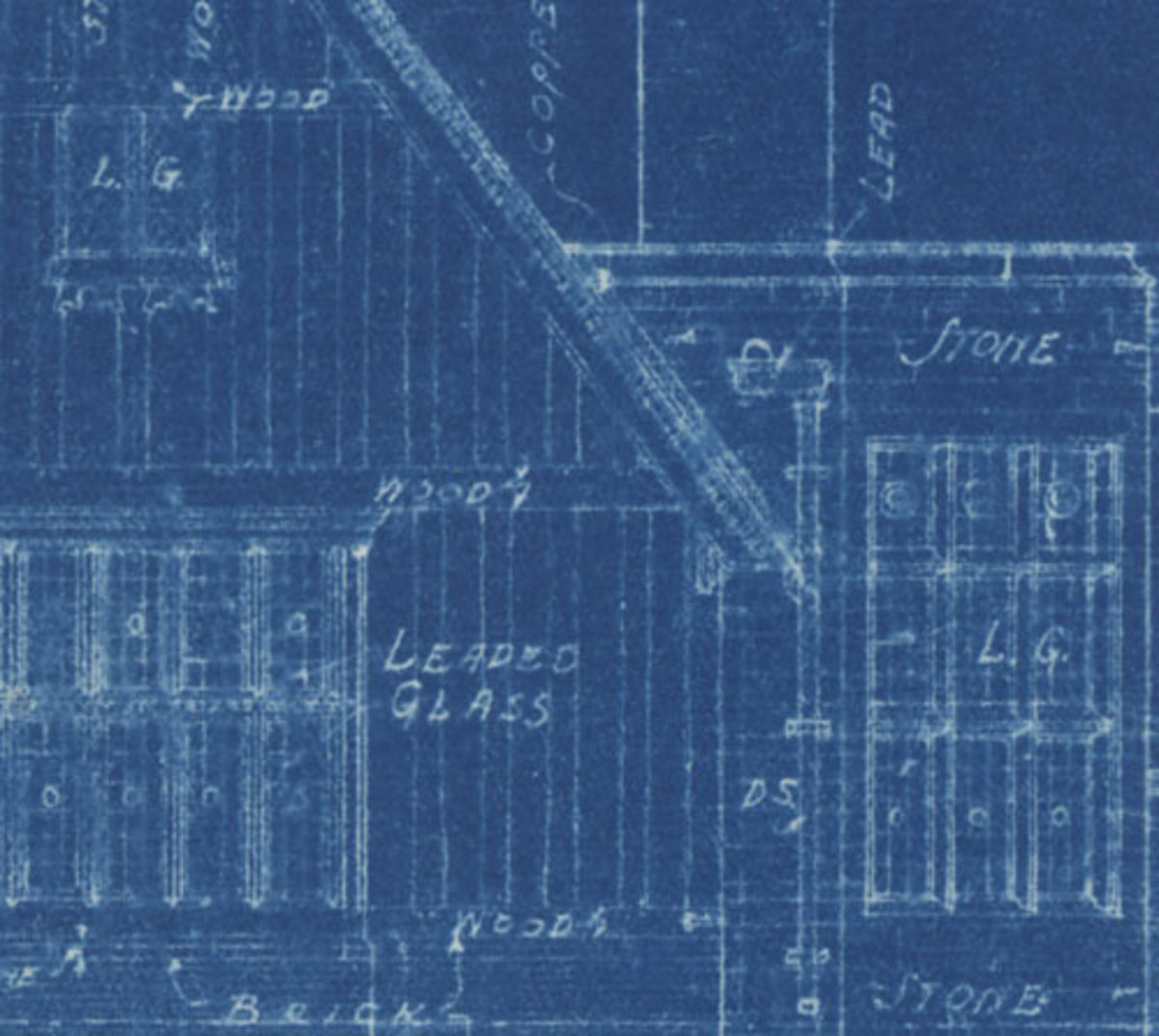Public Involvement in City Planning

The planning process requires a high amount of public participation because of the political nature of planning. Gaining this participation in a fair and equitable manner can prove difficult because it is often hard to reach all groups of a community and it is even harder to balance their interests with the interests of the community as a whole. Public participation allows planners to understand the views of the community, and it allows the community some control over what happens to their city. Although there are many methods of achieving public participation, it can have a number of problems and limitations.
The Political Nature of City Planning
Because of it political nature, planning requires a great deal of public participation and planners have an obligation gain understanding of the public’s views on planning issues. The enormous financial consequences of planning make it especially political. Also, planning is political because it so visibly shapes the community. Additionally, since it changes the environment people live in and often have grown attached to, there can be large emotional stakes. When citizens are involved, they gain details about the current plan. Feeling that their effort is potentially effective encourages the public to become involved in the planning process. Planning becomes more community-oriented and less a product of power-hungry politicians. In the 1920s and 30s, planners attempted to keep the field “above” politics, but modern planners now realize that planning inherently involves politics and that public participation enhances the process.

Methods of Public Involvement
There are many methods in which citizens can become involved in planning, each with advantages and disadvantages. One of the more important methods is field interviews, in which planners collect information in the field through formal to informal conversation. With this type of data collection, it is essential to establish the reliability of the interviewee and to record the conversation in a useful manner soon after the interview takes place. There are six different types of questions and each yields different information. These include experience/behavior questions, opinion/value questions, feeling questions, knowledge questions, sensory questions, background/demographic questions, and time frame questions. Surveys are another way planners can gain insight into the values of citizens. These, like interviews, can be skewed by the sample of participants and the ways in which questions are worded. Participant observation can also be useful. This involves a planner immersing himself within a group for research purposes. It can often be difficult for the planner to become accepted into the group and when he does, he may become empathetic to the group and therefore biased. The public can also become involved through more proactive means such as speaking at planning commission meetings or becoming involved on an advisory panel for a particular issue.
Problems and Limitations of Public Participation
Public participation does have some limitations. It can often be difficult to gain public involvement, especially for some underrepresented groups. Also, planners shape participation through who they contact for surveys and interview and by what information they give the public. This can greatly affect the how much citizens trust planners and how willing they are to become involved. Misinformation also can become a problem. The public can have difficulty understanding technical terms, and planners and interest groups can skew or exaggerate information. The public also tends to act on self interest and often will only act it they see a problem. It can prove difficult to separate their personal interests from their positions, which is essential to holistic planning.

The highly political nature of planning requires planners to accept and seek out public participation in order to make decisions that both serve the public interest and are equitable to all groups. There are many methods to achieve public participation, each with advantages and disadvantages, which allow planners to gain insight into the interests of the community as a whole.







